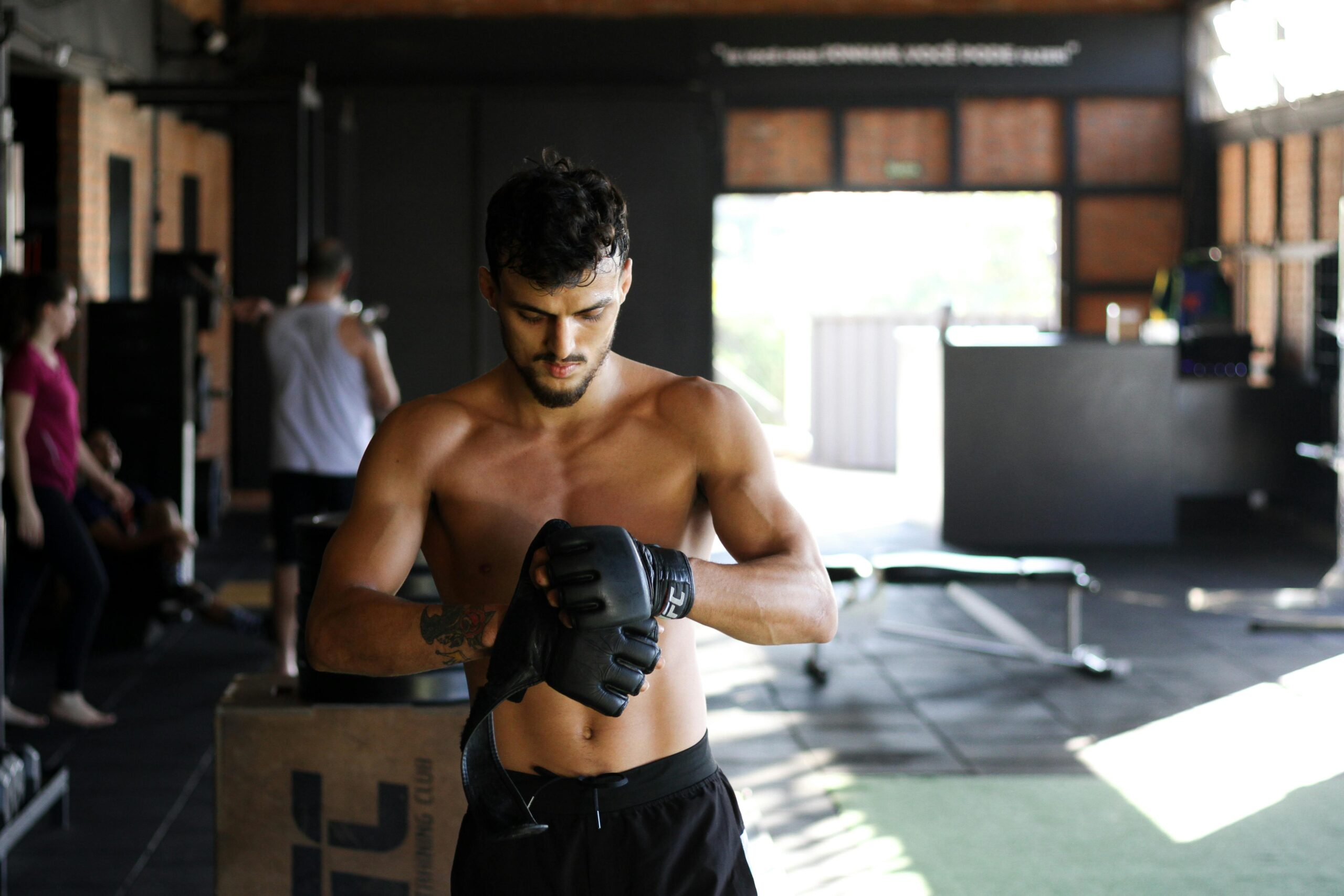MMA strength training is a critical component of a fighter’s overall preparation and success in the cage. Mixed martial arts requires a combination of speed, power, endurance, and explosive strength, making it essential for fighters to engage in specific strength training exercises that address all aspects of performance. While traditional strength training focuses on building muscle mass and overall power, MMA strength training goes beyond these goals to include functional movements that mimic the dynamic demands of a fight. Properly tailored MMA strength training programs not only enhance a fighter’s athletic abilities but also help prevent injuries and improve endurance, agility, and recovery, ultimately giving fighters a competitive edge.
Table of Contents
The Importance of Functional Strength in MMA Strength Training
Functional strength is key when it comes to MMA strength training. Unlike traditional bodybuilding, which focuses on isolating muscle groups, MMA strength training incorporates compound movements that target multiple muscle groups simultaneously. Movements like deadlifts, squats, and kettlebell swings develop full-body strength that is vital for explosive takedowns, powerful strikes, and maintaining control over an opponent. For example, the deadlift is particularly useful for building strength in the posterior chain (the muscles along the back of the body), which is essential for grappling, lifting an opponent, and defending against takedowns. Squats, on the other hand, are crucial for developing lower body power, which translates to stronger kicks, faster movement, and better balance.
Additionally, MMA fighters need to develop grip strength, which is important for clinches, submissions, and controlling the opponent’s movements. Exercises like farmer’s walks, rope climbs, and grip-specific deadlifts are included in MMA strength training programs to ensure that a fighter can maintain control in positions where grip is crucial. Training the body in ways that mimic the specific movements of a fight allows athletes to develop the kind of strength they need to perform efficiently under the intense physical stress of a real fight.
Power, Speed, and Explosiveness in MMA Strength Training
In MMA, it’s not just about lifting heavy weights; it’s about developing power, speed, and explosiveness. These qualities are critical when it comes to striking, grappling, and defending. MMA strength training often incorporates plyometric exercises and Olympic lifts to improve explosive power. Movements like box jumps, medicine ball throws, and power cleans help athletes generate the fast-twitch muscle fibers needed for explosive movements like quick strikes, fast level changes, and rapid transitions between techniques. For instance, a fast and powerful jab or cross relies on explosiveness from the legs, hips, and core, which is developed through explosive movements in strength training.
Plyometrics, in particular, are effective in improving both speed and agility. Training the body to move explosively improves reaction time, increases punch speed, and enhances overall athleticism. Furthermore, incorporating speed work into MMA strength training helps fighters perform at a higher intensity throughout the duration of a fight, avoiding the dreaded fatigue that can slow them down in later rounds. This combination of power and speed ensures that fighters can outpace their opponents and land clean, precise strikes when it counts.
Endurance and Conditioning in MMA Strength Training
Another critical aspect of MMA strength training is building muscular endurance and conditioning. A fight is not won with just strength; a fighter’s ability to maintain their strength and power throughout all rounds is essential. Strength training for MMA includes high-repetition exercises that build muscular endurance, along with cardiovascular conditioning to improve stamina. Circuit-style training, where exercises are performed in quick succession with minimal rest, is a popular method for building endurance while also improving strength. For example, a circuit might include exercises such as push-ups, pull-ups, kettlebell swings, and burpees, all designed to challenge the fighter’s ability to keep performing under fatigue.
MMA strength training programs should also include work that enhances aerobic and anaerobic conditioning, such as sprints or high-intensity interval training (HIIT). These training methods simulate the stop-and-go nature of MMA, where fighters alternate between explosive bursts of energy and periods of lower-intensity movement. This conditioning allows fighters to perform at a high level even in the later stages of a fight, where endurance is often the deciding factor.

Injury Prevention and Recovery through MMA Strength Training
An often-overlooked benefit of MMA strength training is injury prevention. Strengthening muscles, tendons, and ligaments reduces the risk of injury both during training and in competition. By training the body to handle the physical stresses of a fight, fighters can avoid common injuries like strains, sprains, and joint issues. For example, strengthening the shoulders through overhead presses and rotator cuff exercises can help prevent shoulder injuries during grappling or striking. Likewise, strengthening the knees and hips can prevent ligament injuries that may occur during takedowns or ground-and-pound exchanges.
Moreover, strength training helps with recovery. Building strength and flexibility in key muscle groups speeds up recovery between training sessions and fights, ensuring that the body is in optimal condition for the next round of preparation. Fighters who regularly engage in MMA strength training experience less overall muscle soreness and joint discomfort, allowing them to train harder and recover faster.
Conclusion: The Vital Role of MMA Strength Training for Fighters
MMA strength training is an essential aspect of a fighter’s preparation, encompassing much more than just building raw power. It integrates functional strength, explosiveness, endurance, injury prevention, and recovery, ensuring that athletes are prepared for the dynamic and demanding nature of mixed martial arts. By focusing on exercises that mimic the movements of a fight, MMA strength training enhances performance, reduces the risk of injury, and builds a fighter’s ability to maintain power and speed throughout a bout. Fighters who dedicate themselves to a well-rounded strength training program are better equipped to withstand the rigors of competition, adapt to their opponent’s tactics, and ultimately perform at their best when it matters most.

